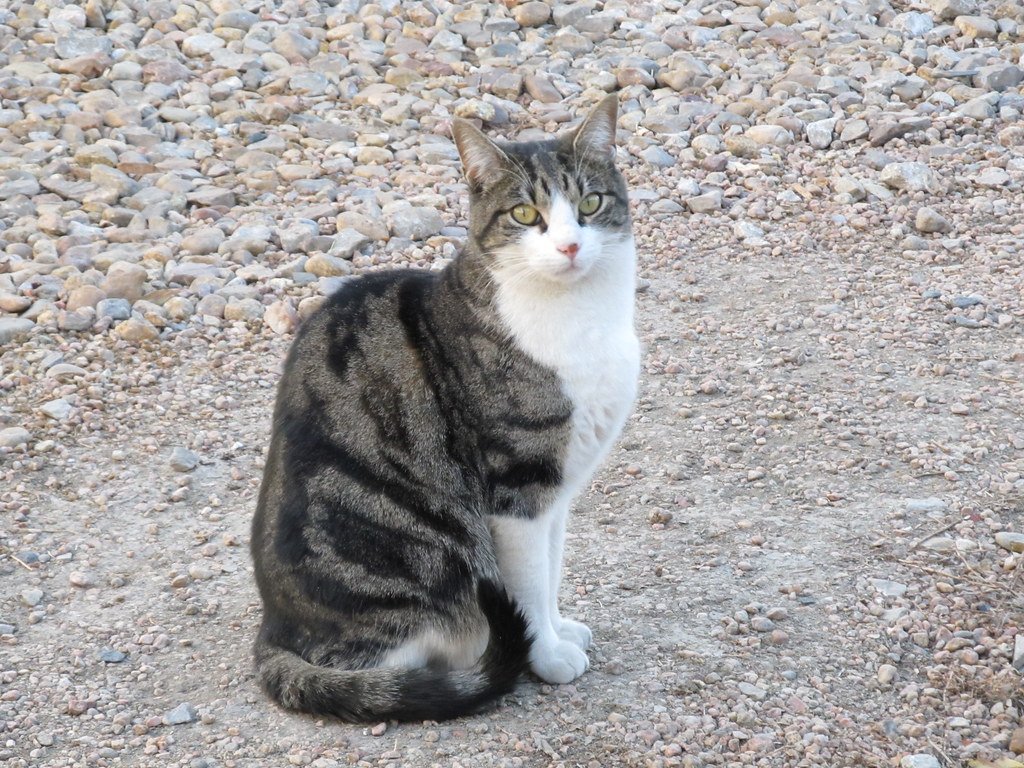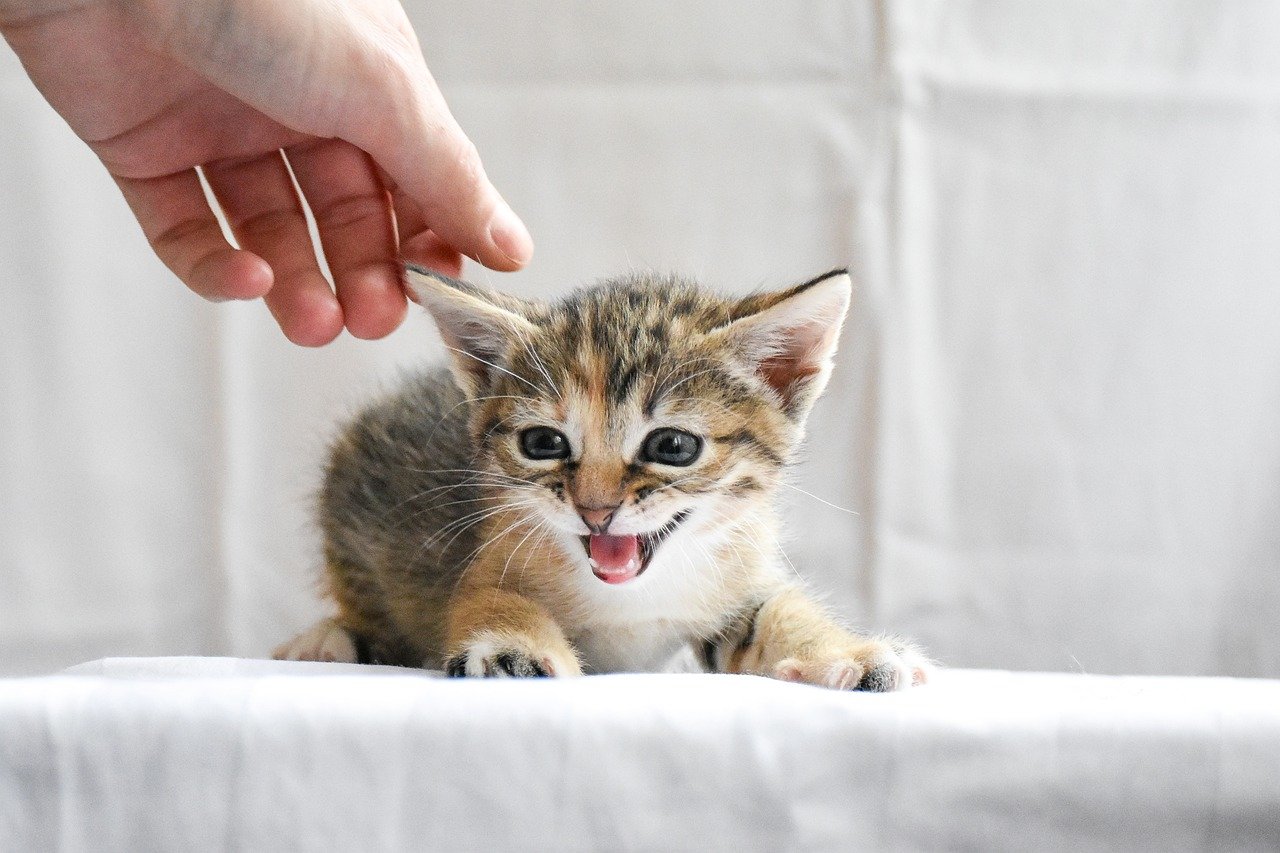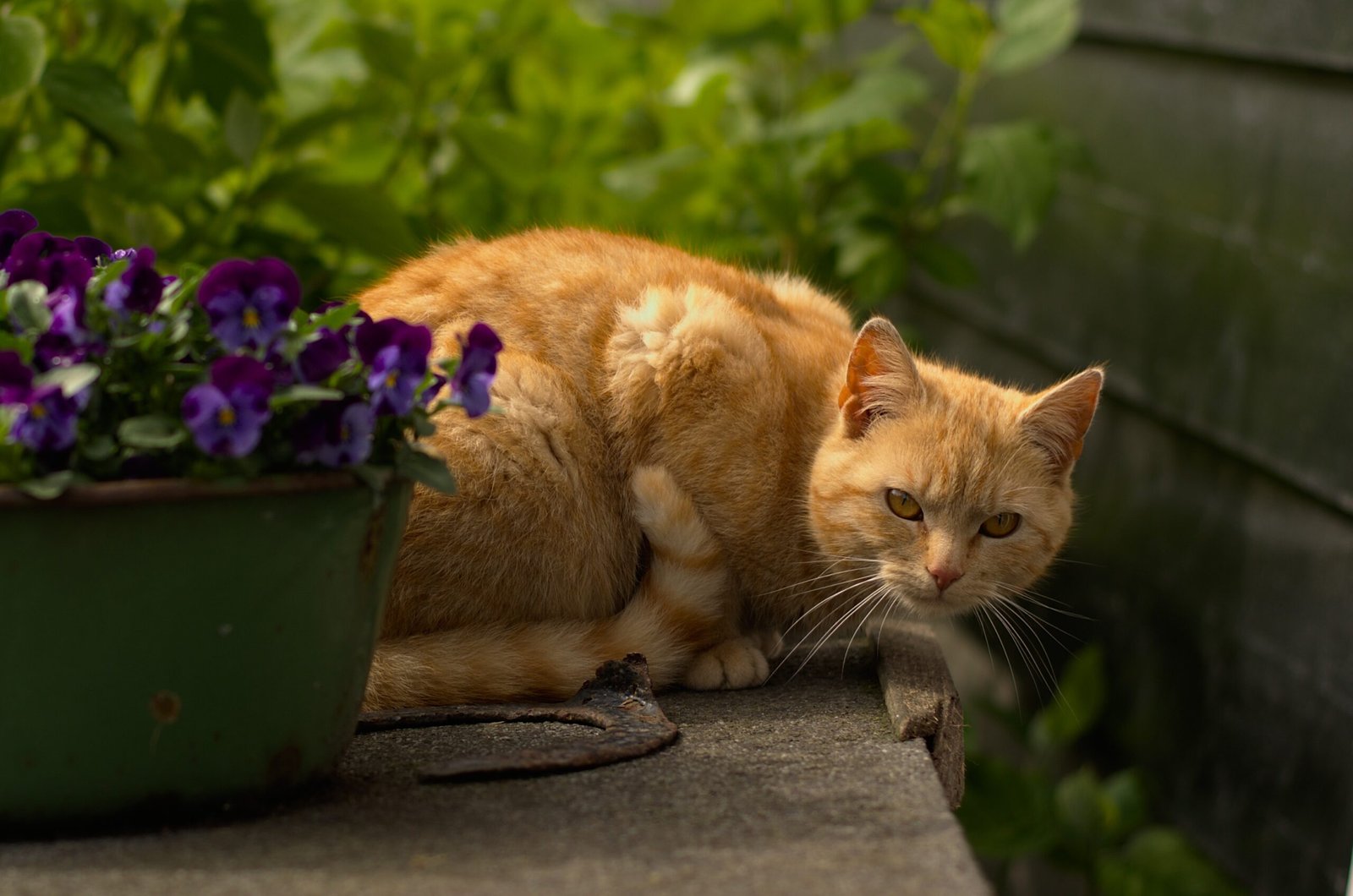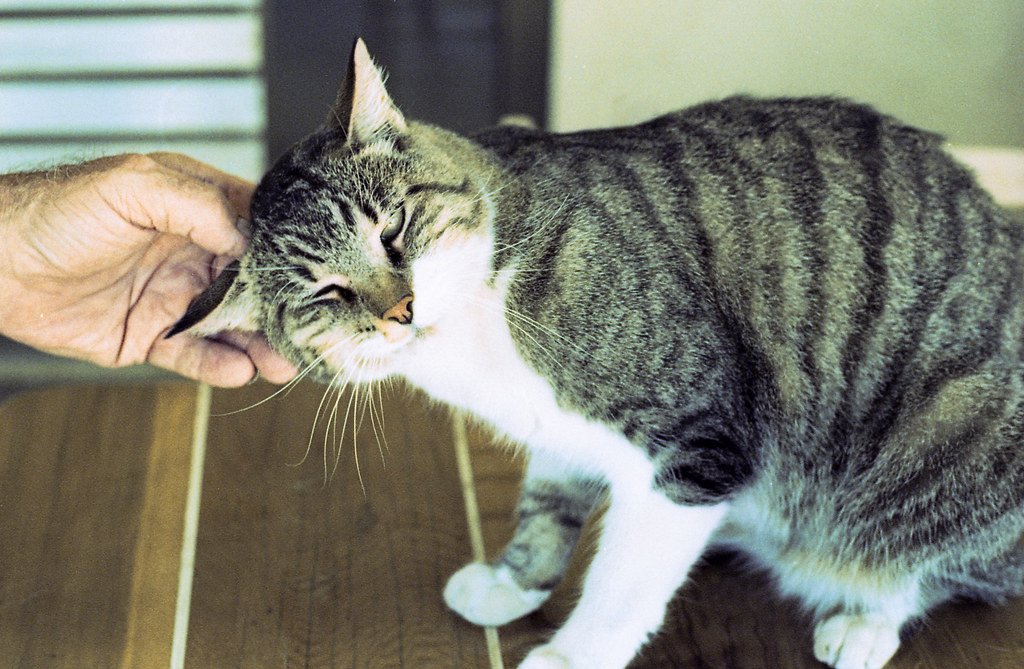Not all cats are social butterflies, and sometimes, no matter how patient or loving you are, a strong bond just doesn’t form. Some cats are naturally more independent, aloof, or wary due to their breed traits, past trauma, or lack of early socialization. They may prefer solitude over snuggles and choose quiet observation over interaction. It’s not personal — it’s just how they’re wired. Respecting their space and unique personalities is key. While they might not become lap cats, they can still enjoy your company on their own terms. It’s all about learning their language and building trust slowly.
The Mystery of Feline Independence

Cats are famous for their independent streak, and this trait runs deep in their DNA. Unlike dogs, who have evolved alongside humans for millennia, cats have always kept one paw in the wild. This independence isn’t just an attitude—it’s a survival mechanism. When a cat decides to keep its distance, it’s often just doing what comes naturally. Even in a loving home, some kitties will always prefer solitude, choosing a windowsill over a warm hug.
For many people, this aloofness can feel like rejection. But in the cat’s mind, it’s not personal. Their boundaries are simply different from ours. Respecting a cat’s need for space doesn’t mean giving up on love; it means learning to speak their language, even if it’s mostly silent. Sometimes, the greatest act of love is letting a cat come to you—if they ever decide to.
Early Socialization: The Window That Closes Fast

The first weeks of a kitten’s life are crucial. During this time, which experts call the “socialization window,” kittens learn whether humans are safe or scary. If a kitten spends this precious period without gentle human contact, it may grow up wary, shy, or even fearful. Sadly, once this window closes—usually by twelve weeks—it’s much harder to change their outlook.
Even the most patient, loving owner may struggle to bond with a cat who missed out on early socialization. You might see little breakthroughs—a slow blink here, a cautious sniff there—but the deep, trusting bond you dream of could remain out of reach. It’s not your fault; it’s simply a matter of timing. The kitten’s first experiences set the tone for a lifetime.
Trauma and Past Experiences
A cat’s past can haunt them, even in the safety of a new home. Cats that have been abused, abandoned, or neglected often carry invisible scars. These emotional wounds can make trust feel impossible. Even if you offer nothing but kindness, a traumatized cat may still see you as a potential threat, flinching from your touch or hiding at the sound of your footsteps.
This mistrust isn’t stubbornness—it’s self-protection. The world has taught them that humans can be dangerous, and it takes a long time to unlearn that lesson. Some cats never do. Their wariness is a shield, not a judgment of your love or intentions. It’s heartbreaking, but it’s also a testament to their resilience. Sometimes, survival means never letting your guard down.
Genetics: Born to Be Wary

Believe it or not, a cat’s personality isn’t just shaped by experience—it’s also written in their genes. Just as some people are naturally outgoing or shy, some cats are simply born more cautious. Certain breeds, such as Russian Blues or Scottish Folds, are known for their reserved nature. Even within a litter, you’ll find kittens with wildly different temperaments.
If you’ve ever met a cat who seems predisposed to avoid cuddles, you’re seeing genetics in action. No amount of training or affection can fully override their basic temperament. It’s like trying to turn an introvert into the life of the party—it’s just not going to happen. Accepting this can be a relief. Sometimes, your cat’s frosty attitude has nothing to do with you at all.
Health Issues That Affect Behavior
Sometimes, what looks like aloofness is actually a sign of pain or illness. Cats are masters at hiding discomfort, but health problems—like arthritis, dental disease, or chronic pain—can make them wary of touch. They might avoid being held or petted, not because they dislike you, but because it hurts.
If your once-affectionate cat suddenly becomes distant, a trip to the vet is in order. Even subtle changes in behavior can signal trouble. It’s easy to misinterpret a sick cat’s withdrawal as emotional detachment, but often, they’re asking for help in the only way they know how. Remember, a healthy cat is more likely to be a happy, connected cat.
The Power of Routine and Territory
Cats are creatures of habit, and their sense of territory is powerful. Moving to a new home, adding a new pet, or even rearranging the furniture can throw them into emotional chaos. In these moments, some cats retreat inward, avoiding contact as they try to reclaim a sense of control.
If you’re constantly changing your cat’s environment, you might unintentionally be making it harder for them to bond. They need stability to feel safe. A predictable routine—same meals, same playtimes, same hiding spots—helps build trust. Disruption, on the other hand, can push them further away, sometimes permanently.
Personality Clashes: Sometimes, It’s Just Not a Match
As much as we wish otherwise, not every cat and human are destined to be best friends. Just like people, cats have individual preferences, quirks, and boundaries. Sometimes, a cat simply doesn’t mesh with your energy or lifestyle. Maybe you’re too loud, too busy, or too hands-on for a shy, sensitive feline.
It can feel like a personal failure, but it’s not. Think of it like dating—sometimes, the chemistry just isn’t there, no matter how hard you try. The best you can do is respect your cat’s individuality and cherish the relationship you do have, even if it’s not the cuddly friendship you imagined.
The Role of Stress and Anxiety
Chronic stress can turn even the friendliest cat into a recluse. Loud noises, frequent visitors, other pets, or even the scent of a new cleaning product can be overwhelming. Cats crave predictability, and when their world feels unpredictable, they often withdraw.
If your cat is hiding more than usual or seems jumpy, consider what might be causing them anxiety. Creating a calm, quiet environment can make a big difference. Sometimes, the most loving thing you can do is give them space, offering gentle reassurance but never forcing interaction. Patience is key—trust can take months, even years to build.
How You Interact Matters
Believe it or not, your own behavior can impact the bond you share with your cat. Loud voices, sudden movements, or forced cuddling can make a cautious cat retreat even further. Cats prefer gentle, predictable interactions. Watching their body language—a flick of the tail, flattened ears, or wide eyes—offers important clues about what they’re comfortable with.
Instead of pushing for affection, try sitting quietly nearby, letting your cat approach on their own terms. Offer treats or play with a favorite toy to build positive associations. Remember, trust is earned, not demanded. Sometimes, the smallest gestures—like a soft voice or a slow blink—mean the most.
Accepting Their Limits with Love

At the end of the day, some cats will always keep you at arm’s length, no matter how much you wish it were otherwise. It’s not a reflection of your worth as a pet parent. Every cat is unique, and their capacity for connection depends on countless factors, many beyond your control.
Loving a distant cat can be bittersweet. You might never share the snuggles or purrs you hoped for, but you can still offer them safety, respect, and care. Sometimes, the deepest love is the quietest—the love that asks for nothing in return, and cherishes every small sign of trust, no matter how fleeting. Isn’t that, in its own way, a kind of magic?
At the end of the day, not every cat is going to be a cuddle bug — and that’s okay. Some cats are simply more independent or were shaped by early experiences that make bonding tougher. But even if your cat keeps a little distance, that doesn’t mean they don’t care in their own quiet way. Respecting their boundaries and being consistent can still build trust over time. Every relationship with a cat is unique — and sometimes, it’s the subtle moments that mean the most.

Esther is from India; the heartbeat of South Asia, holding a Master’s degree in Zoology and a postgraduate diploma in Animal Welfare. Her enthusiasm for animal welfare drives her passion and dedication to working for animals, ensuring their well-being, and advocating for their rights. With a solid academic background and hands-on experience, she is committed to making a positive impact in the field of animal welfare. In her free time, she enjoys embroidery and sewing. As a Chennaite from Tamil Nadu, Esther loves Bharathanatyam, an Indian classical dance form.





